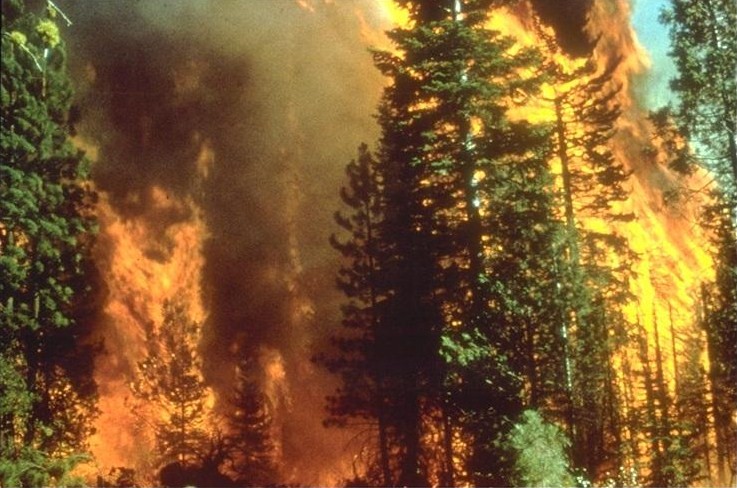- Joined
- Dec 31, 2016
- Messages
- 11,375
- Reaction score
- 2,650
- Gender
- Male
- Political Leaning
- Independent
https://www.cnbc.com/2018/07/02/wil...ionally-as-california-battles-new-blazes.html
Wildfire acreage up 25% nationally as California battles new blazes, prepares for 'very dangerous heat wave'
...
California Gov. Jerry Brown announced late Monday that more wildfire acreage had burned statewide so far this year than during the same period last year.
Climate change is wreaking havoc with the US West. A longer, dryer warm season, has resulted in more wildfire burn acreage for the last several years.
https://www.ucsusa.org/global-warmi...ic-wildfires-climate-change.html#.W2iw2ChKjIU

Wildfire acreage up 25% nationally as California battles new blazes, prepares for 'very dangerous heat wave'
...
California Gov. Jerry Brown announced late Monday that more wildfire acreage had burned statewide so far this year than during the same period last year.
Climate change is wreaking havoc with the US West. A longer, dryer warm season, has resulted in more wildfire burn acreage for the last several years.
https://www.ucsusa.org/global-warmi...ic-wildfires-climate-change.html#.W2iw2ChKjIU





